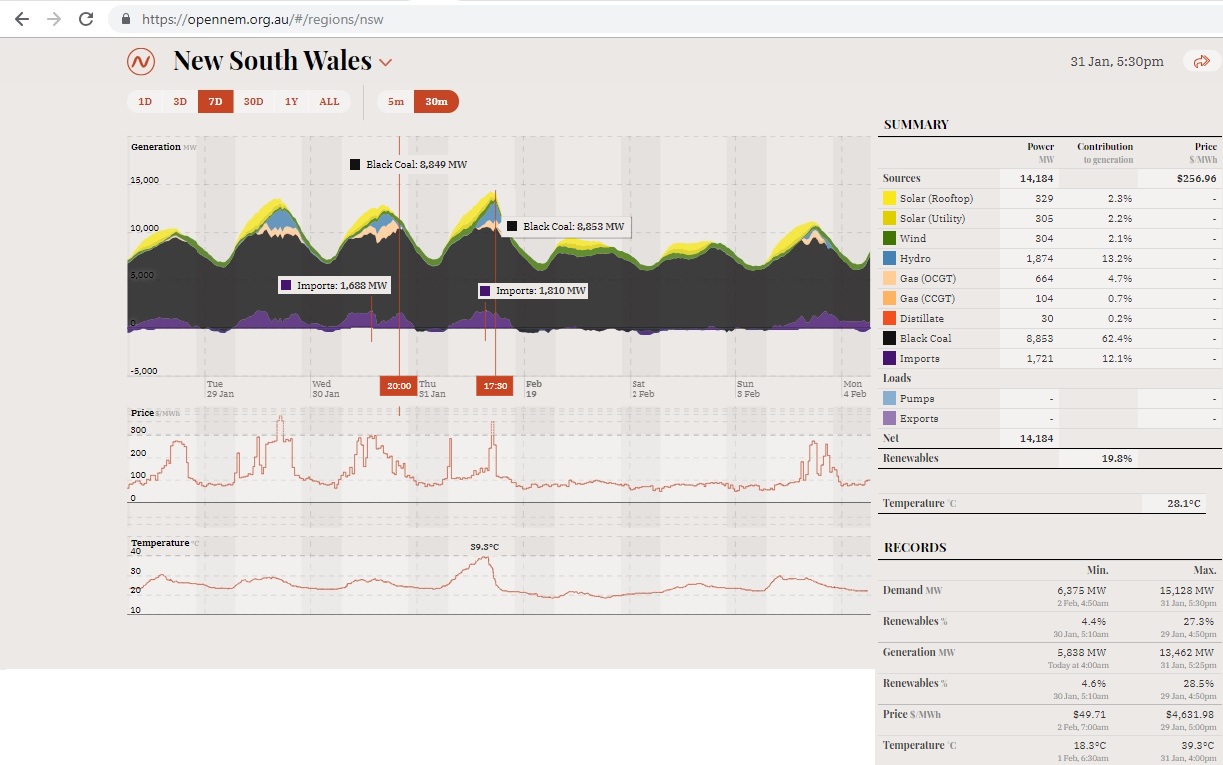 Fig 1: NSW power generation, prices and temperatures
Fig 1: NSW power generation, prices and temperatures
We see the critical day was Thursday, Jan 31st with temperatures up to 39.3 degrees. Coal generation was 8,853 MW (out of a scheduled 9,660 MW) at 17:30 hrs. Power imports from neighbouring States were 1,810 MW at 15:00 hrs. The next 2 days after that were much cooler. Let’s have a look at the performance of the coal fired power plants.
 Fig 2: NSW coal power name plate capacities (grey column) and scheduled generation
Fig 2: NSW coal power name plate capacities (grey column) and scheduled generation
 Fig 3: Bayswater coal fired power plant generation by unit
Fig 3: Bayswater coal fired power plant generation by unit
Night is defined here as the period between 22:00 and 5:00 hrs when generation is lower (around 20%)
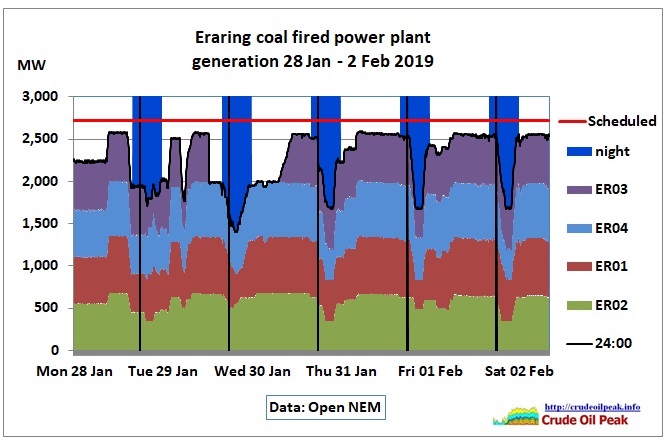 Fig 4: Eraring coal fired power plant generation by unit
Fig 4: Eraring coal fired power plant generation by unit
Unit 3 lost power between 18:30 on 29th to 17:00 on 30th of January
 Fig 5: Liddell coal fired power plant generation by unit
Fig 5: Liddell coal fired power plant generation by unit
Liddell unit 2 was not operational end January. It came back Feb 1st.
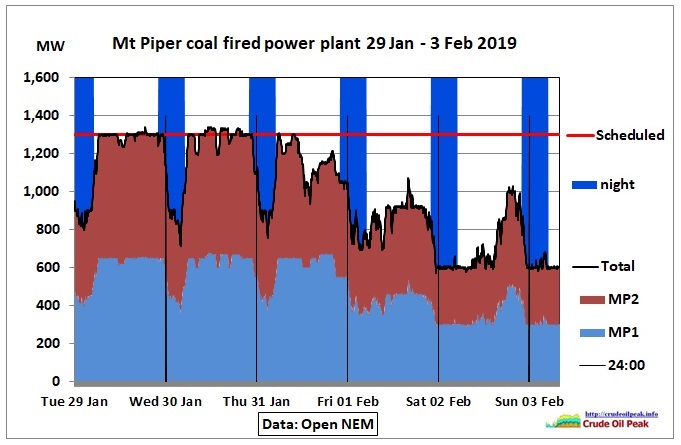 Fig 6: Mt Piper coal fired power plant generation by unit
Fig 6: Mt Piper coal fired power plant generation by unit
Generation dropped on 1 Feb as demand was lower (see Fig 9)
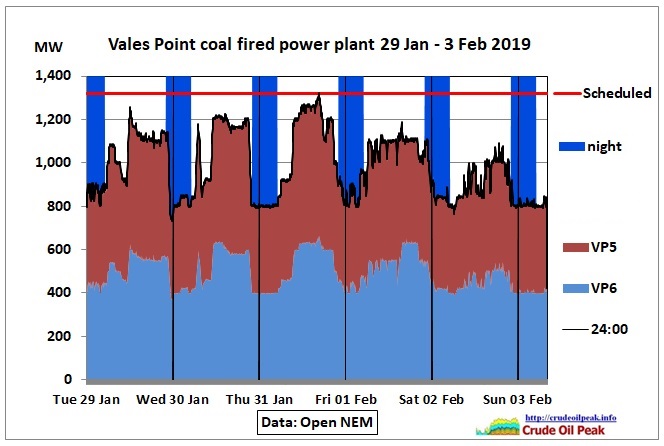 Fig 7: Vales Pt coal fired power plant generation by unit
Fig 7: Vales Pt coal fired power plant generation by unit
All together now:
 Fig 8: NSW coal fired power plants
Fig 8: NSW coal fired power plants
The maximum generation achieved was around 8.9 GW (=92 % of scheduled 9.66 GW)
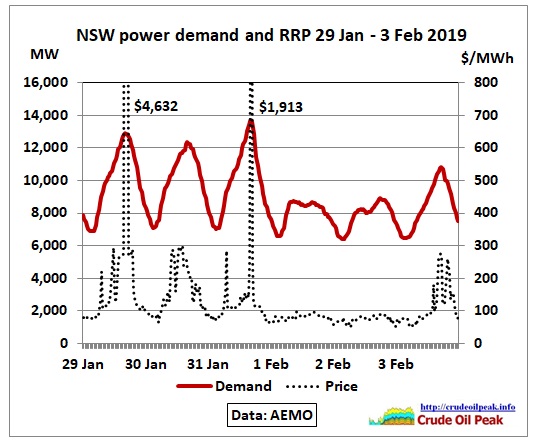 Fig 9: NSW power demand and RRP
Fig 9: NSW power demand and RRP
Conclusion:
The higher the demand, the more these coal plants are pushed to their limits and the higher the power prices. Sydney, you will pay through your nose if you vote for parties who want to grow the city by 3 million.
Further reading:
Coal power plants in Australia broke down once every three days in 2018
1 February 2019
The survey results comes as the federal Coalition prepares to move to the next stage of its proposed tender for new investment in what it calls “reliable, 24/7” power generation.
The hurried process – designed to be complete and locked in before the upcoming federal poll, reportedly attracted 66 proposals, including 10 that propose new investments in coal, and one from Vales Point coal power station owner Trevor St Baker for two new HELE coal plants in Victoria at a reported cost of $6 billion.
AEMO and the CSIRO released a detailed analysis last year which pointed to a combination of wind and solar with either battery storage or pumped hydro storage as clearly the cheapest, cleanest and most efficient option. AEMO also wishes to expand its demand management capacity.
Energy minister Angus Taylor, however, said his focus would be on adding new 24/7 “baseload” power to provide electricity when the “wind don’t blow and the sun doesn’t shine”.
https://reneweconomy.com.au/coal-power-plants-in-australia-broke-down-once-every-three-days-in-2018-2018/